Medicare vs Private Insurance Costs: Know your Options
Making the decision about whether to enroll in Medicare or keep your private insurance can be difficult. Understanding the costs and benefits of each option is key to making the right choice for you.
Both types of insurance have their pros and cons. One thing that is certain is that you will want to be informed of all your options before deciding. Read about some notable differences between Medicare and private insurance below!

Flexible Spending Amount Definition
Medicare is a government-sponsored health insurance program that covers the costs of healthcare services. When you enroll in Medicare, there are two main parts that make up your coverage:
Part A or hospital insurance covers inpatient care and limited home health services, while part B includes outpatient visits and other preventive medical treatments (including some screening tests like cholesterol level checks).
One thing to note is that Original Medicare won’t cover dental or vision care which means you’ll need extra coverage if that’s something important for your lifestyle.
This is where Medicare Advantage Plans come in. These plans are a great way to get the benefits of private insurance without having any out-of-network costs. What’s great about these is that they can include dental care, vision services, and hearing aids.
Medicare Supplemental Plans is also another option to consider. Also known as Medigap Policies, these are designed to cover the out-of-pocket costs left over from original Medicare. Sold by private insurance companies, these plans provide coverage for items that are not covered under Original Medicare such as prescription drugs and hospitalization expenses; they can be standardized based on where you live in order to offer lower prices than original policyholders would pay alone.
Medicare
Get Started with Your Medicare Advantage Plan
Private Insurance
Private insurance is another great way to protect yourself and your family against the unexpected. If you purchase it through an employer, they will chip in on some of those premiums so that there are fewer financial risks associated with paying for private health care coverage out-of-pocket costs directly from pocket at tax time each year during renewal periods.
Another option is through the Healthcare Marketplace. The government runs this service for most states in America that helps you shop around so as not to get caught off guard by higher premiums or out-of-pocket costs.

Medicare is a great way to get the health care coverage you need, but it’s not perfect. Factors that may affect your Medicare costs include the types of services you require and how often, how you acquire Medicare, if you take prescription drugs, and if you qualify for Medicaid and Extra Help for your prescription drugs.
Premiums
Premiums are monthly expenses you pay for your health coverage that can be used to cover out-of-pocket expenditures such as deductibles and copayments, among other things. Part A premiums depend largely on how long you have worked and how long you have paid your Medicare taxes.
Medicare Part A – Those who have worked and paid Medicare taxes for 40 quarters qualify for premium-free Part A Medicare coverage. In 2022, those who have paid for their Medicare taxes 30-39 quarters, their standard premium is $274. For those less than 30 quarters, their premium is $499.
Medicare Part B – Part B standard premium in 2022 is $170.10.
Medicare Part C – Monthly premium varies according to plan.
Medicare Part D – Monthly premium varies according to plan. Note: Those with higher incomes may have to pay more.
On the other hand, for private insurance, it may cost an average of $7,739 per individual annually and $22,221 per family annually and will depend on what kind of plan you’re getting.
Deductibles
Original Medicare may not cover everything, which is why you could end up paying for it out-of-pocket with a copayment or coinsurance before your plan starts covering its share.
Medicare Part A deductible for 2022 is $1556 for each benefit period while Part B is $233. For Part B, once you have met your deductible, you will pay 20% of Medicare-approved cost for doctor services, durable medical equipment, and outpatient therapy.
For private insurances, deductibles on average in 2020 are $4354 annually for individuals and $8439 annually for family coverage.
Out-of-Pocket Maximums
The total out-of-pocket cost for healthcare can be a tricky thing to figure. Copays, coinsurance, and deductibles all factor into this number – so do your research before you start shopping.
Here’s something to consider: Original Medicare doesn’t have a yearly cap. If you take many expensive prescription drugs or are hospitalized for an extended period, your costs may skyrocket with that type of coverage and depend on what kind it is too.
On the other hand, Medicare Advantage Plans come with an out-of-pocket max which varies from plan to plan. Once you reach your out-of-pocket max for this year, it will cover all Medicare-covered expenses until next January 1st.
For private insurances, the out-of-pocket max in 2020 on average for individual coverage is $8,150 and $16,300 for family coverage.
You may be at a crossroads in your life and wondering whether you should enroll in Medicare or keep your private insurance. This decision doesn’t have to be difficult as long as you take the time to understand the costs and benefits of each option before making a final choice for yourself.
If this process seems daunting or you need help in finding the right plan for your specific situation, talk to one of our advisors today!

